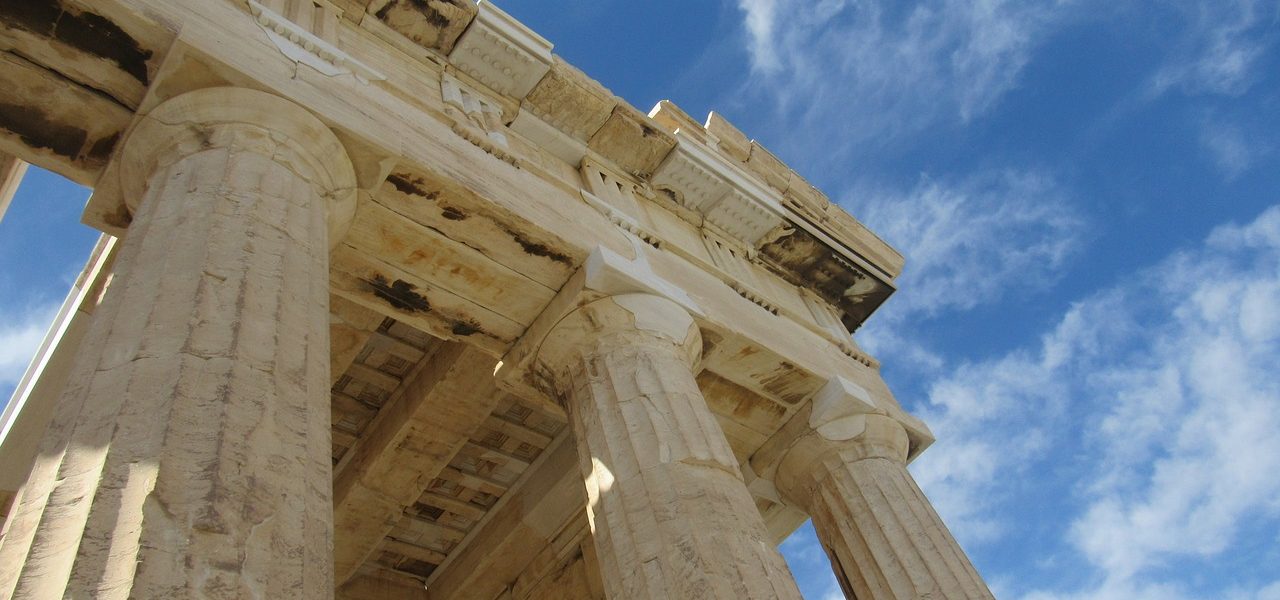Home › Forums › Early Modern Europe › Palladian Revival in England
- This topic has 3 voices and 4 replies.
-
AuthorPosts
-
 PhidippidesKeymaster
PhidippidesKeymasterWell I have a big presentation tomorrow (today) on the rise and fall of English Neo-Palladian architecture. The paper that the presentation is based on is due in a few weeks. So I may currently know more about Palladian architecture now than I'll ever know in my life. So if you have any questions about it, please feel free to ask.
 skiguyModerator
skiguyModeratorAre you going to give a shout out to 500 Boylston Street, Boston?http://www.equityoffice.com/images/500boylston_251.jpg
 PhidippidesKeymaster
PhidippidesKeymasterAh yes, did you find that through Wikipedia? I saw that image or a link to it from there. I was more thinking of architecture from 18th Century England rather than….1980s Massachusetts, but hey, it's kind of a cool building nonetheless. Like a giant Palladian window. Goes back to the time of Palladio in 16th Century Italy and was a feature taken up frequently by the neo-Palladians in the 18th Century. The windows they used just weren't….quite…so…large as a skyscraper/high rise. 😀
 PhidippidesKeymaster
PhidippidesKeymasterI will be spending this week, starting today, largely working to finish my paper on Palladian architecture in England. If anyone has any questions as it relates to this topic (I'm guessing not), or more likely to something else going on within English politics during the 18th Century, let me know and I might know the answer. Part of my thesis involves Whiggish influence on the architecture and how the party's rise to power, particularly after the rise of George I to the throne, affected the style's proliferation among the wealthy elite of the time. But I also address the party's waning power during the latter half of the 18th Century and the rise of other styles (Neo-Classical, Neo-Gothic, etc.) eventually kind of quashed Palladianism's popularity.I figure that while I'm engaged in the research I'll be at the top of my game, and unless I later decide to write some larger paper on this topic, this is the most learned I will be (perhaps in my life) on the subject. So while I have such knowledge, please let me know.Here is an abstract of the presentation I did on the paper:
ABSTRACT The Glorious Revolution of 1688 brought about a new political climate in England which elevated not only Whiggish power in politics, but also power to determine popular ?taste? in architecture. During the early 18th Century, aristocratic Whigs found in Palladianism an architecture that was both rooted in English heritage and connected to the classical age of ancient Rome. This form of Palladianism was primarily borrowed from the principles of the Renaissance architect Andrea Palladio, who in turn had borrowed principles from the Roman architect Virtruvius. It also took from the tradition of the revered English architect Inigo Jones, who had left his mark on the English landscape during the 17th Century. Within a structure of architectural rules and political meaning, ?neo-Palladianism? took root around 1720 and proceeded to have a significant impact on architecture for much of the next half century. The generation of Whigs and architects that grew up after the Glorious Revolution, which included Lord Burlington, Colen Campbell, and William Kent, took a particular liking to this style and spread its influence through the design of many Palladian mansions, such as Chiswick House, Houghton Hall, and Stourhead. But by the time this generation had passed on around mid-century, Palladianism began to see increased competition from other architectural styles. As Gothic, neoclassical, and even Eastern influence spread, Palladianism gradually came to an end in the latter part of the 18th Century. Although the style could conceivably have continued on in its own right, a divided Whiggish political and philosophical base, the succession of a less Whig-friendly king to the throne, and the lack of adaptivity by principles of Palladianism seem to have contributed to the style's ultimate demise.
DonaldBaker
ParticipantSounds good, but I would ditch the passive voice in my writing. Other than this, you're off to a great start.
 PhidippidesKeymaster
PhidippidesKeymasterOh, yeah…that was an abstract for the presentation, not for my actual paper. But I'll keep it in mind for my paper.
-
AuthorPosts


